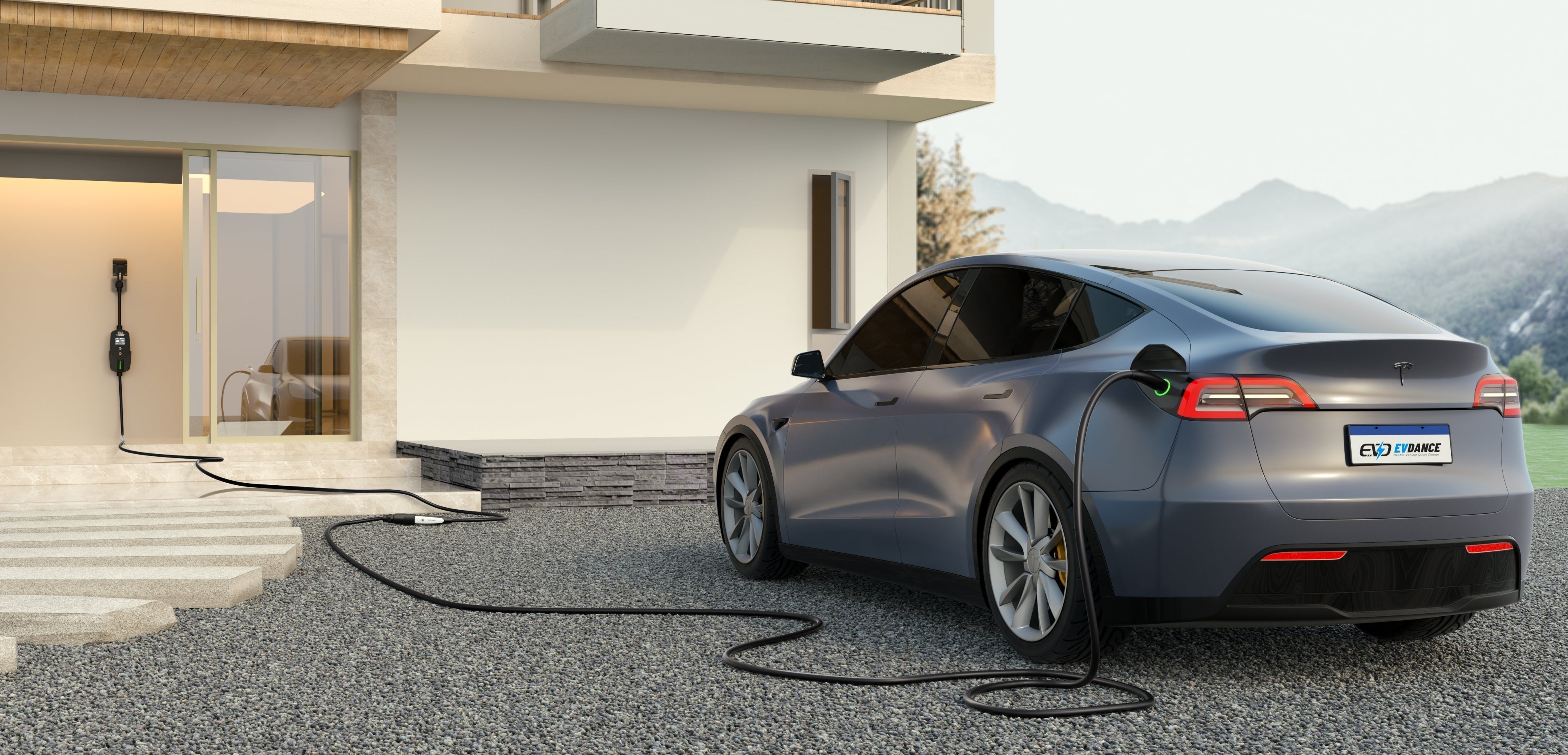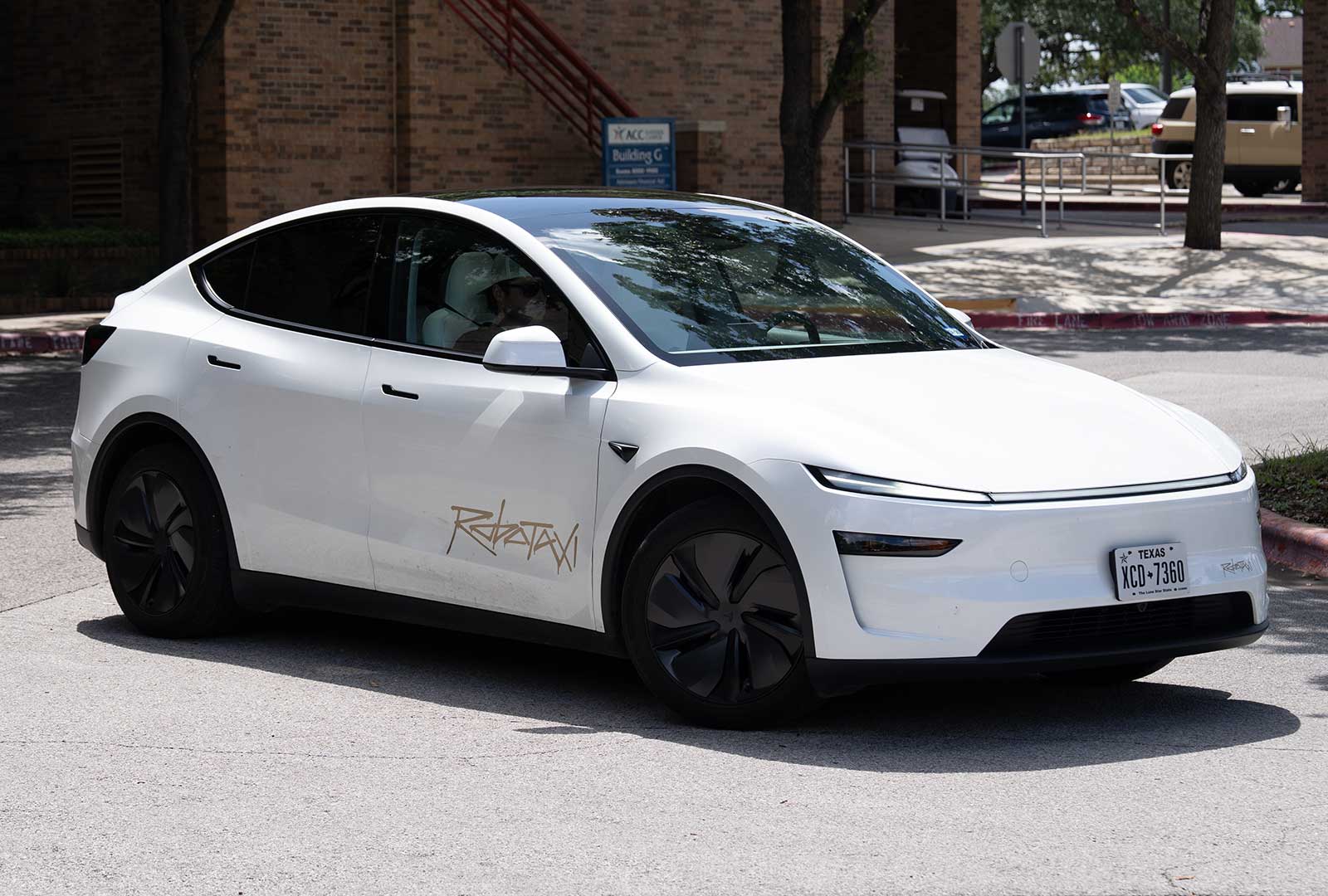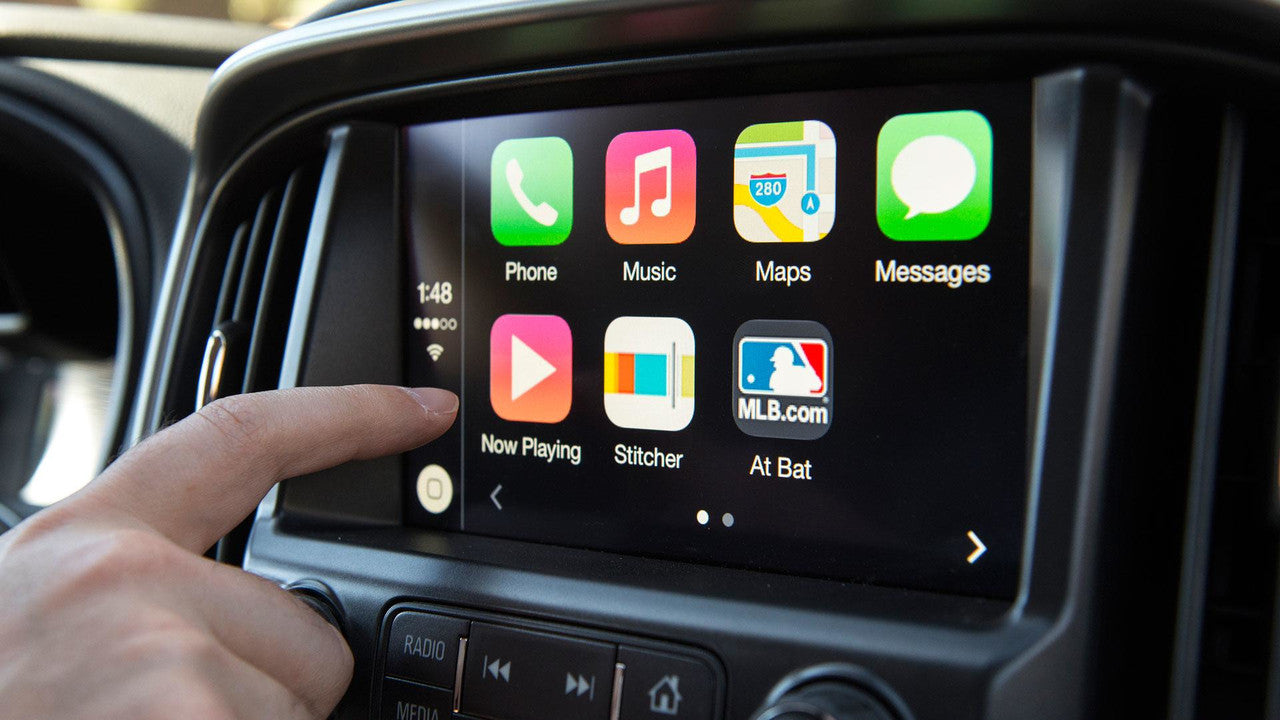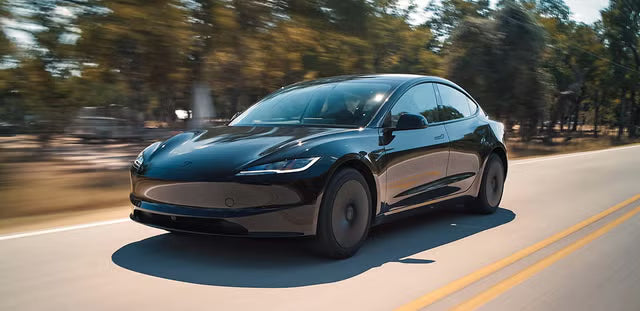Tesla has revolutionized the electric vehicle (EV) market by producing high-performance cars with impressive battery range. However, one common question potential Tesla owners often ask is, "How long does a Tesla battery last?" In this comprehensive article, we will delve into the factors that affect the lifespan of a Tesla battery and provide insights into maintenance practices that can optimize its longevity. By understanding the intricacies of Tesla battery technology, you can make informed decisions about your EV investment and enjoy years of reliable performance.
1.Tesla Battery Technology Overview

-
Lithium-ion Battery Chemistry:
Tesla primarily utilizes lithium-ion battery chemistry in their vehicles. These batteries consist of multiple individual cells connected in series and parallel configurations to create a battery pack. The most common type of lithium-ion battery used by Tesla is the NCA (Nickel Cobalt Aluminum) chemistry, which offers a balance between energy density and longevity. -
Battery Management System (BMS):
Tesla's batteries are equipped with an advanced Battery Management System. The BMS monitors and controls various aspects of the battery, including temperature, voltage, and state of charge. It ensures optimal performance, safety, and longevity by managing charging and discharging rates, balancing cell voltages, and preventing overcharging or deep discharging. -
Thermal Management:
Tesla employs an active thermal management system to regulate the temperature of the battery pack. This system uses liquid cooling to maintain an optimal temperature range, which helps prevent overheating during high-demand situations and protects the battery from extreme temperature variations. Proper thermal management significantly contributes to the longevity and performance of the battery. -
Cell Chemistry Optimization:
Tesla continuously works on optimizing the chemistry of their battery cells to improve energy density, longevity, and overall performance. They invest in research and development efforts to enhance the materials, electrolytes, and cell designs used in their battery packs. These advancements contribute to increased energy storage capabilities and extended battery life. -
Gigafactories and Vertical Integration:
To meet the growing demand for electric vehicles and reduce battery costs, Tesla has established large-scale battery production facilities called Gigafactories. These facilities enable Tesla to control the entire battery manufacturing process, from sourcing raw materials to assembling battery packs. Vertical integration allows Tesla to innovate quickly, optimize production efficiency, and maintain quality control. -
Megapacks and Powerwalls:
In addition to vehicle batteries, Tesla also produces stationary energy storage solutions. The Megapack is a large-scale battery system designed for utility-scale energy storage projects, while the Powerwall is a home energy storage system. These products utilize similar lithium-ion battery technology as Tesla's vehicles and contribute to the company's overall battery expertise and advancements. -
Battery Recycling and Second Life:
Tesla is committed to sustainability and has implemented battery recycling programs. After a battery pack reaches the end of its useful life in a vehicle, Tesla can recycle a significant portion of the materials to produce new batteries. Additionally, Tesla explores opportunities for repurposing used batteries for stationary energy storage applications, extending their lifespan and reducing waste.
2.Factors Influencing Battery Lifespan

The lifespan of a Tesla battery is influenced by various factors that can affect its performance and longevity. Understanding these factors can help Tesla owners optimize their battery life and maintain optimal performance over time. Here are the key factors that impact the lifespan of a Tesla battery:
- Battery Degradation:
All lithium-ion batteries, including those used in Tesla vehicles, experience some degree of degradation over time. Battery degradation refers to the gradual loss of capacity and performance. Several factors contribute to battery degradation, including: - a) Temperature: High temperatures accelerate battery degradation, while lower temperatures can reduce performance. Tesla's battery management systems actively monitor and regulate battery temperature to minimize the impact.
- b) Charging Habits: Charging patterns influence how quickly a battery degrades. Frequent use of fast-charging stations, such as Tesla's high-power Superchargers, can lead to slightly faster degradation compared to slower charging methods. However, Tesla's battery management systems optimize charging efficiency to minimize wear and maximize battery life. Using a home Tesla charger, which typically provides a slower charging rate compared to Superchargers, can be beneficial for battery health as it puts less stress on the battery cells during charging. This can help in reducing degradation and prolonging the overall lifespan of the battery.
- c) Depth of Discharge: Discharging the battery to extremely low levels can increase degradation. Tesla vehicles have built-in battery management features that prevent deep discharges and help maintain optimal charge levels, prolonging the battery's lifespan.
- d) Usage Patterns: The frequency and intensity of battery usage can impact its longevity. High-mileage driving or consistent use of the vehicle in demanding conditions may contribute to faster battery degradation. However, Tesla's battery management systems and thermal management help mitigate these effects.
-
Temperature and Climate:
Extreme temperatures, both hot and cold, can affect battery performance and lifespan. High temperatures can accelerate battery degradation, while low temperatures can reduce battery efficiency and capacity. Tesla vehicles are equipped with active thermal management systems to regulate battery temperature, ensuring optimal performance and mitigating potential adverse effects of temperature extremes. -
Charging Habits:
Charging habits, including the frequency and method of charging, can impact battery lifespan. Fast charging, particularly using high-power Superchargers, can generate more heat and potentially accelerate degradation. However, Tesla's battery management systems actively monitor and control charging parameters to optimize efficiency and protect the battery from excessive wear. -
Depth of Discharge:
Discharging the battery to extremely low levels can negatively impact its longevity. Tesla vehicles incorporate battery management features that prevent deep discharges and maintain optimal charge levels. It is generally recommended to avoid consistently discharging the battery to very low levels, as it can contribute to accelerated degradation. -
Driving Conditions:
Driving habits and conditions can influence battery performance and lifespan. Aggressive driving, constant high-speed usage, and frequent rapid acceleration or hard braking may increase energy consumption and put more strain on the battery. While Tesla vehicles are designed for high performance, practicing smooth driving habits and avoiding excessive energy demands can help extend battery life.
3.Real-World Battery Longevity Data
Obtaining real-world battery longevity data for Tesla vehicles can be challenging due to several factors. First, Tesla has only been producing electric vehicles (EVs) at a large scale since around 2012, so the number of vehicles with significant mileage and battery age is relatively limited. Additionally, battery longevity can vary depending on numerous factors such as driving patterns, charging habits, climate conditions, and individual vehicle usage.
However, some studies and anecdotal evidence can provide insights into the real-world battery longevity of Tesla vehicles. Here are a few notable sources of information:
| Model | Range (miles) |
|---|---|
| Model 3 Standard Range | 267 |
| Model 3 Long Range | 358 |
| Model 3 Performance | 315 |
| Model S | 405 |
| Model S Plaid | 396 |
| Model X | 348 |
| Model X Plaid | 333 |
| Model Y Long Range | 330 |
| Model Y Performance | 303 |
-
Research Studies: Various research studies have been conducted to assess the battery degradation and longevity of Tesla vehicles. One notable study was conducted by Plugless, an EV charging solutions provider, which analyzed data from over 350 Tesla Model S vehicles. The study found that after 50,000 miles (80,000 kilometers), the average battery degradation was around 5%.
-
Tesla Telemetry Data: Tesla collects data from their vehicles to monitor battery performance and make continuous improvements. While Tesla does not publicly disclose specific battery degradation figures, they use this data to refine their battery management systems and improve battery longevity over time.
-
User Reports and Forums: Anecdotal evidence from Tesla owners can provide insights into real-world battery longevity. Online forums and communities dedicated to Tesla vehicles, such as the Tesla Motors Club forum, often have discussions where owners share their experiences with battery degradation and long-term performance.
It's important to note that individual experiences may vary based on various factors, and the data available may not represent the entire Tesla vehicle population. Battery degradation rates can also depend on the specific model of Tesla vehicle, battery chemistry, and improvements introduced in newer vehicle models.
4.Optimizing Battery Lifespan

While Tesla batteries are designed to last, there are practices you can adopt to optimize battery longevity:
4.1. Regular Software Updates: Tesla frequently releases over-the-air software updates that enhance battery management algorithms and overall system efficiency. Keeping your Tesla up to date ensures you benefit from the latest optimizations.
4.2. Charging Considerations: It is advisable to avoid consistently charging your Tesla to its maximum or letting it sit at a low charge level for an extended period. Maintaining a charge level between 20% and 80% is beneficial for battery health.
4.3. Temperature Management: Whenever possible, park your Tesla in a shaded area during hot weather to mitigate the impact of high temperatures on the battery. Similarly, pre-conditioning the battery in cold weather before driving can optimize its performance.
4.4. Regular Maintenance: Following Tesla's recommended maintenance schedule, including checking and replacing the cabin air filter, tire rotation, and ensuring proper wheel alignment, can indirectly contribute to the longevity of the battery by maintaining overall vehicle efficiency.








Share:
Tesla Battery Replacement Cost: Factors, Considerations, and Analysis
EVDANCE EV Chargers: The Ultimate Solution for Tesla and SAE J1772 Compatibility
2 comments
To not loose energy when it’s 90 out should I put the temp for the car at hi?
To not loose energy when I’m I’m not in the auto, should I put the speaker on zero?
How do set the temp setting when I do need to leave the car in the sun. To preserve battery. If it is 90 outside do I set the interior temp to 90? Do I set speakerloudness to zero every time I leave the car?